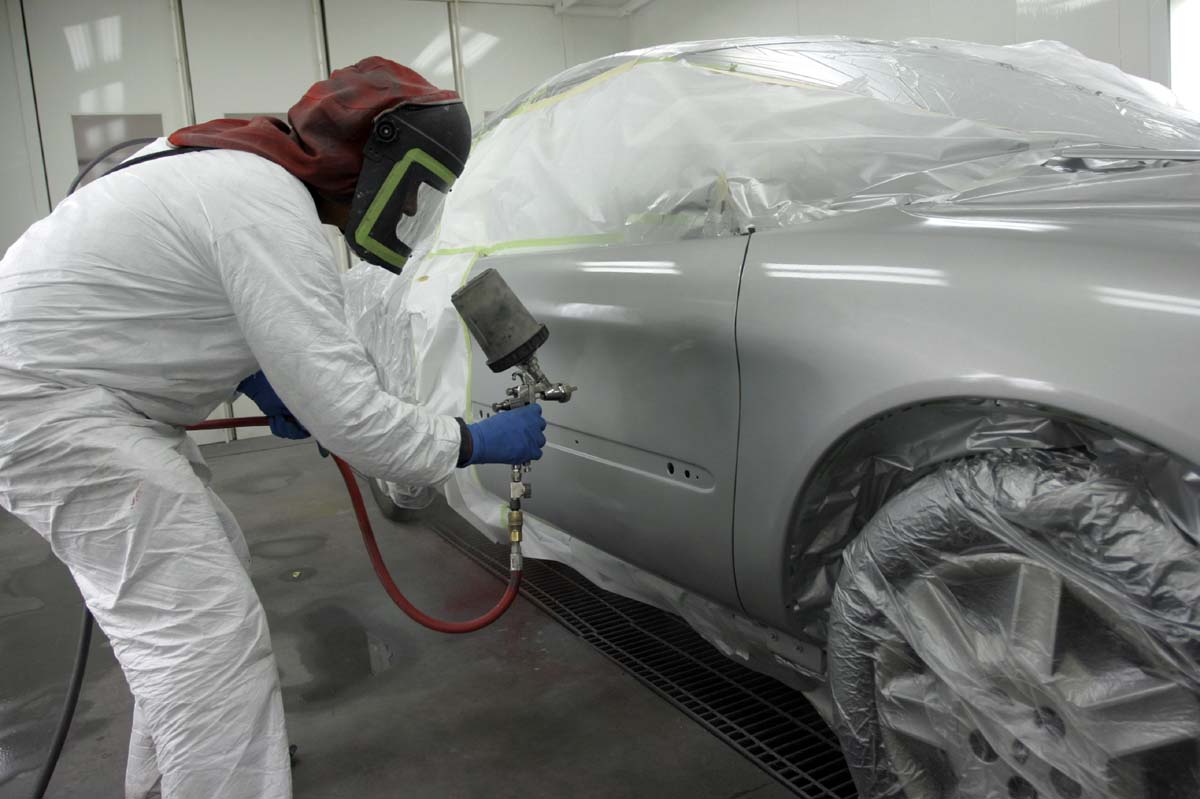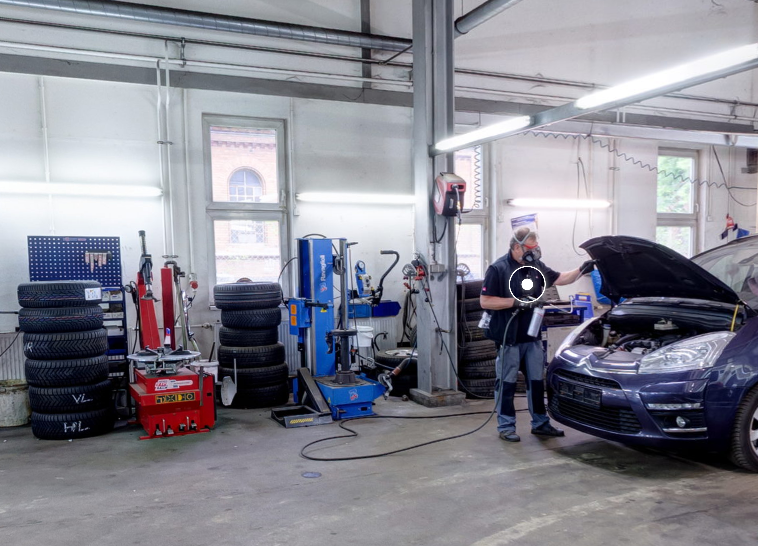Nanomaterials at the workplace
 Nanomaterials are produced and use by many European industries, including chemicals manufacturing. The production and use of these materials are governed by both EU-wide regulation as well as national legislation. Employers must make sure that workers have both the knowledge and equipment to use these materials safely.
Nanomaterials are produced and use by many European industries, including chemicals manufacturing. The production and use of these materials are governed by both EU-wide regulation as well as national legislation. Employers must make sure that workers have both the knowledge and equipment to use these materials safely.
As nanotechnology is used to produce a wide range of products and solutions, many workers may be exposed to them in their workplace. Nanomaterials are often produced in closed systems, but exposure may occur during maintenance or handling of finished products.
Nanomaterials are also used by ‘downstream industries’ such as the automotive industry, cosmetics, electronics, medicines, medical technology and textile manufacturing. When nanomaterials are used as pigments, for example, in an industrial spray application, exposure cannot be excluded. Therefore, such use may carry a recommendation for ventilation or the use of personal protective equipment such as gloves. However, this may not be sufficient to ensure safe use and therefore, there are also legal requirements stating that workers must be given the appropriate education to be able to carry out their work in a safe manner.
Using nanomaterials at the workplace does not mean that there is a risk, or that the risk cannot be controlled.
Risk is the result of hazard x exposure. The hazardous properties of a nanomaterial are determined by its chemical composition and physical properties, such as size, shape, and crystal structure and its (eco)toxicological effects.
Currently, it is suspected that some types of nanomaterials, such as long rigid fibres that remain in the lungs, may have the potential to cause fibrosis and/or inflammation. In contrast, healthy skin seems to be relatively resistant, also to nano-sized particles. If nanomaterials could be persistent in the body, this adds to their potential to cause harm.
Interactive garage
Click on the image below to find out how you can protect yourself from nanomaterials when working in a garage and test your nanomaterials knowledge.
The infographic was produced for the EUON with support from the European Union through the SMP-COSME programme.
![]()


This document was produced with the financial assistance of the European Union. The views expressed herein can in no way be taken to reflect the official opinion of the European Union. Neither ECHA nor the European Commission are responsible for any use that may be made of the information contained therein.
More information
- EU-OSHA Managing nanomaterials in the workplace
- Guidance on the protection of the health and safety of workers from the potential risks related to nanomaterials at work
- RIVM Report 2007, Health impact of nanotechnologies in food production
- BAuA report 2015 (in German), “Arbeitsmedizinisch-toxikologische Beratung bei Tätigkeiten mit Kohlenstoffnanoröhren (CNT)”
- SCCS Opinion 2014, “Revision of the opinion for clarification of the meaning of the term "sprayable applications/products" for the nano forms of Carbon Black CI 77266, Titanium Oxide and Zinc Oxide”
- Guide on Safety data sheets and Exposure scenarios
- Workplace exposure to nanoparticles
- Info sheet: manufactured nanomaterials in the workplace
- Safe handling of nanomaterials and other advanced materials at workplaces
- Working safely with manufactured nanomaterials - Guidance for Workers (2014)
- An Assessment of Methods of Sampling and Characterizing Engineered Nanomaterials in the Air and on Surfaces in the Workplace (IRSST)
- Directive 2000/39/EC - first list of indicative occupational exposure limit values
- Directive 2006/15/EC - second list of indicative occupational exposure limit values
- Directive 2009/161/EC - third list of indicative occupational exposure limit values
- Directive 2017/164 - fourth list of indicative occupational exposure limit values
- Directive 2019/1831 - fifth list of indicative occupational exposure limit values
- Directive 91/322/EEC - protection of workers from the risks related to exposure to chemical, physical and biological agents at work
- Directive 2004/37/EC - carcinogens or mutagens at work
- Worldwide chemical exposure limits (ILO)
- Institute of Occupational Medicine (IOM)
- U.S. Centers for Disease Control and Prevention (CDC) - National Institute for Occupational Safety and Health (NIOSH)
- WHO Guidelines on Nanomaterials and Worker's Health


 More on the EUON
More on the EUON